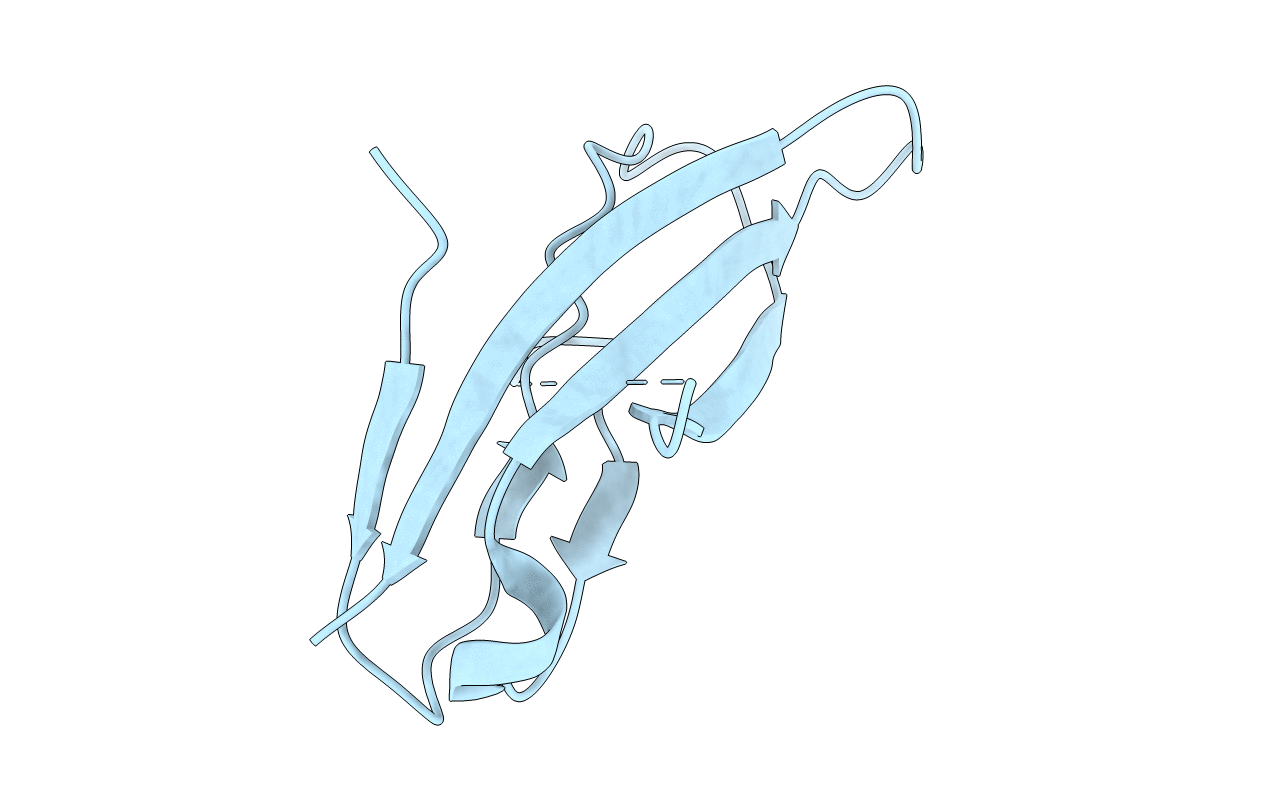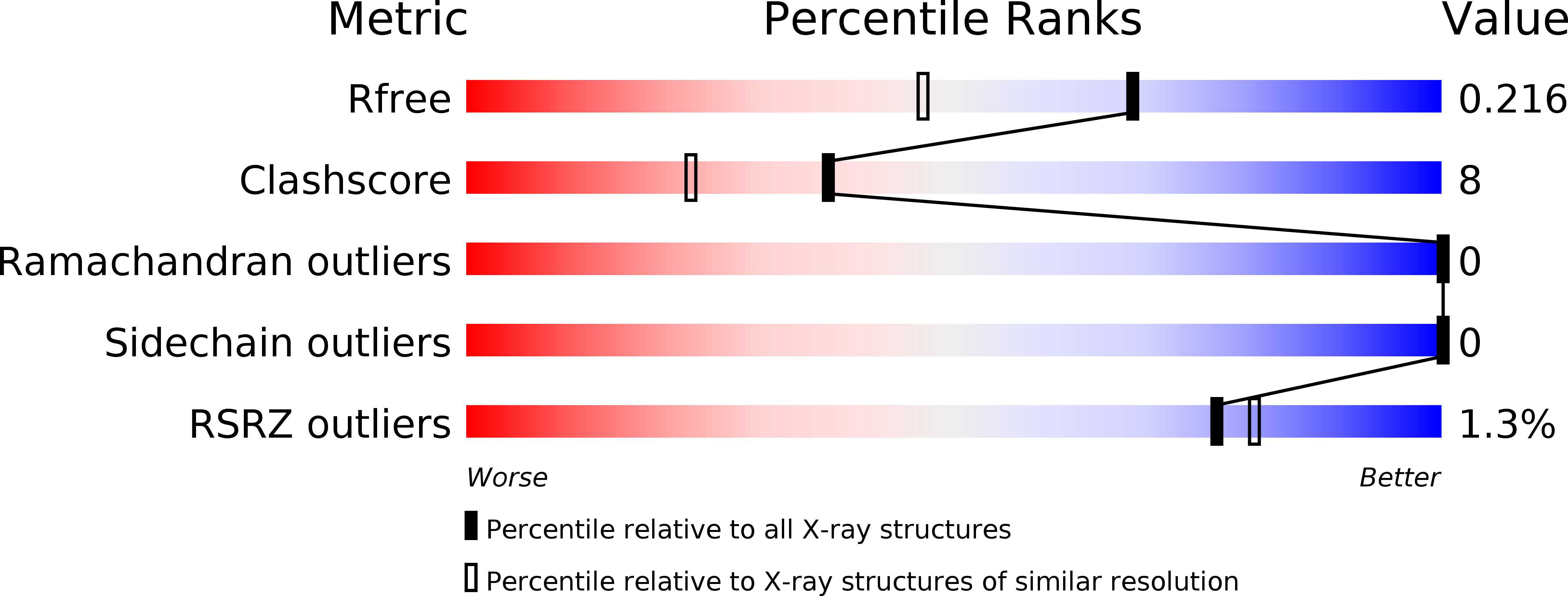
Deposition Date
2016-11-29
Release Date
2017-03-29
Last Version Date
2024-11-13
Entry Detail
PDB ID:
5MIX
Keywords:
Title:
Extracellular domain of human CD83 - trigonal crystal form
Biological Source:
Source Organism:
Homo sapiens (Taxon ID: 9606)
Host Organism:
Method Details:
Experimental Method:
Resolution:
1.70 Å
R-Value Free:
0.21
R-Value Work:
0.18
R-Value Observed:
0.19
Space Group:
P 3 2 1


